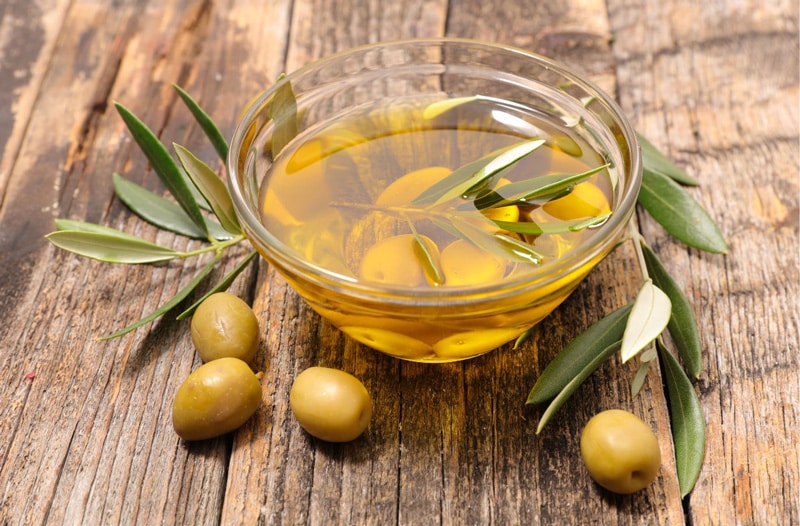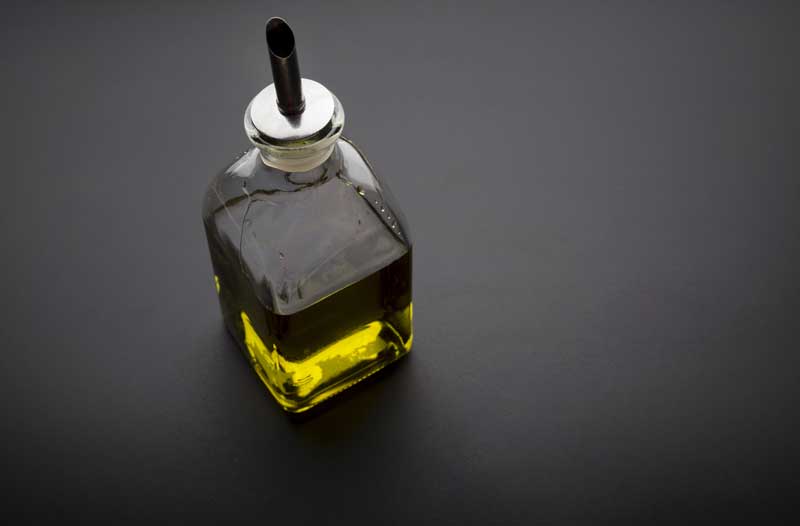Italian vs Croatian Olive Oil: Understanding the Difference and When to Use Each
Discover how Italian and Croatian olive oils can add value to your kitchen and when each performs best.
When it comes to Mediterranean olive oil, Italian is the name most chefs know well – but Croatian oils are increasingly making their mark on the foodservice scene, and for good reason.
Let’s take a closer look at what sets Italian and Croatian olive oils apart – and how both can add real value to your operation.
- Origin Matters: Climate, Geography, and Olive Varieties
Both countries boast centuries-old olive-growing heritage, but their climates produce distinctly different oils.
Italian olive oil is grown across diverse regions – from the cooler, mountainous Liguria in the north to the sun-drenched groves of Puglia and Sicily in the south.
- Cooler northern areas (like Tuscany or Umbria) tend to produce oils with lower yields but higher complexity, offering fruity, grassy notes with balanced bitterness.
- Southern regions, with longer sun exposure and warmer winters, produce smoother, fruit-forward oils with mellow peppery finishes and high stability – ideal for kitchen use.
Croatian olive oil, largely produced in Istria, benefits from a unique microclimate where Mediterranean warmth meets Alpine influence.
- The bora winds, mineral-rich red soils, and proximity to the Adriatic Sea create oils with bright green aromas, bold herbaceous flavour, and punchy pepper notes.
- Harvests are typically smaller and more manual, which often means higher-quality, single-estate production, but also a smaller supply chain.
- Flavour and Use Case: Which Oil, and When?
Understanding which oil to use comes down to flavour, heat resilience, and whether the oil is a hero ingredient or supporting act.
Italian Olive Oil: Versatile and Balanced
- Flavour: Fruity, mild bitterness, light pepper. Often more rounded and subtle.
- Best for:
- Finishing pasta and risottos without overpowering flavour
- Dipping oils and dressings (blend-friendly)
- Daily kitchen use when consistency and versatility matter
- Why chefs choose it: Consistent across varieties, available at a range of price points for high-volume usage
Croatian Olive Oil: Bold and Distinctive
- Flavour: Grassy, herbal, strong peppery finish – flavour builds with heat
- Best for:
- Chargrilled vegetables and fish, where oil becomes part of the flavour profile
- Finishing grilled meats or flatbreads – dishes where a stronger oil adds personality
- Tasting menus or specials – ideal for single-drizzle impact
- Why chefs choose it: Premium feel, smaller batch quality, and strong customer perception of exclusivity
- Pricing and Kitchen Practicality
We know food costs are under scrutiny. However, with olive oil, price per litre doesn’t tell the full story – usage, intensity, and yield must all be considered.
Italian Olive Oil Pricing:
- Available in a wide range of grades – from entry-level extra virgin for cooking, to premium DOP oils for front-of-house
- Cost-effective for bulk use, especially when yield and flavour balance are considered
- Works well for kitchens offering high-volume Italian menus, casual dining, or multi-site operations
Croatian Olive Oil Pricing:
- Tends to sit in the premium bracket due to smaller production scale
- Used more sparingly due to strong flavour – often in tasting dishes, gastro pubs, or modern European menus
- Lower total usage = good value per portion, especially when presented as a menu feature
- Carrying Both: Flexible Stock, Better Menus
Carrying both Italian and Croatian oils gives your team more flexibility:
- Italian EVOO for versatile prep, blending, base-level flavour, and margin control
- Croatian EVOO for statement drizzles, menu talking points, or customer interest
Start with better oil. Visit salvo1968.co.uk or speak to your local Salvo 1968 rep today.



















